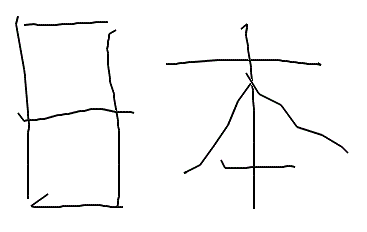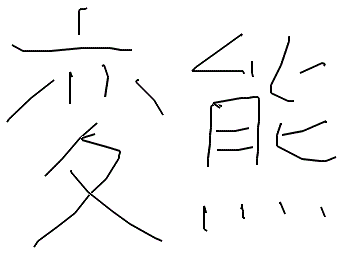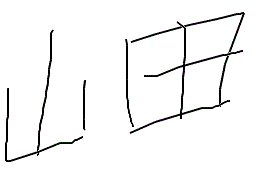WKS review: compounds & cursiveMay 22, 2013 |
Home > Blog > Post 3< Previous Next > |
After I wrote in my previous blog post about the common habit of drawing kanji rotated counter-clockwise, some user suggested that JiPad should be provided with a grid. Several vertical and horizontal dotted lines would be a reminder for everybody to draw kanji at proper angles. This seems to be a sound idea, so JiShop 7.3 for Windows will definitely have such a grid (of course, with the option of hiding it).
Angles are not the only problem. Some users want JiPad to recognize not only single kanji but compound words, too.
When it doesn't, they complain:
 |
 |
 |
I take these complaints as requests for new functionality. In one of the future versions JiPad will recognize two-kanji words.
However, some want more than two:

I'm afraid recognizing this many kanji in a cluster would be somewhat unrealistic.
Another category of complaints is joined-up writing. For example:

Here, in the character 通, radicals マ and 用 are drawn cursively, in a conjoined manner, without taking your finger off the screen. At the moment, JiPad doesn't understand this. It expects you to draw every single stroke separately. Yes, there are some exceptions: for example, you can draw 口 "mouth" as a simple square or even as a circle, and JiPad will easily recognize it as "mouth", but this wouldn't be the true cursive writing of 口 that all the Japanese are used to:

Recognition of joined-up writing is among our highest priorities. We are going to gradually teach JiPad to recognize cursive versions of most basic radicals. But only radicals, not entire kanji! A radical will always be the largest possible unit: two or more conjoined radicals will never be recognized.
Vadim Smolensky